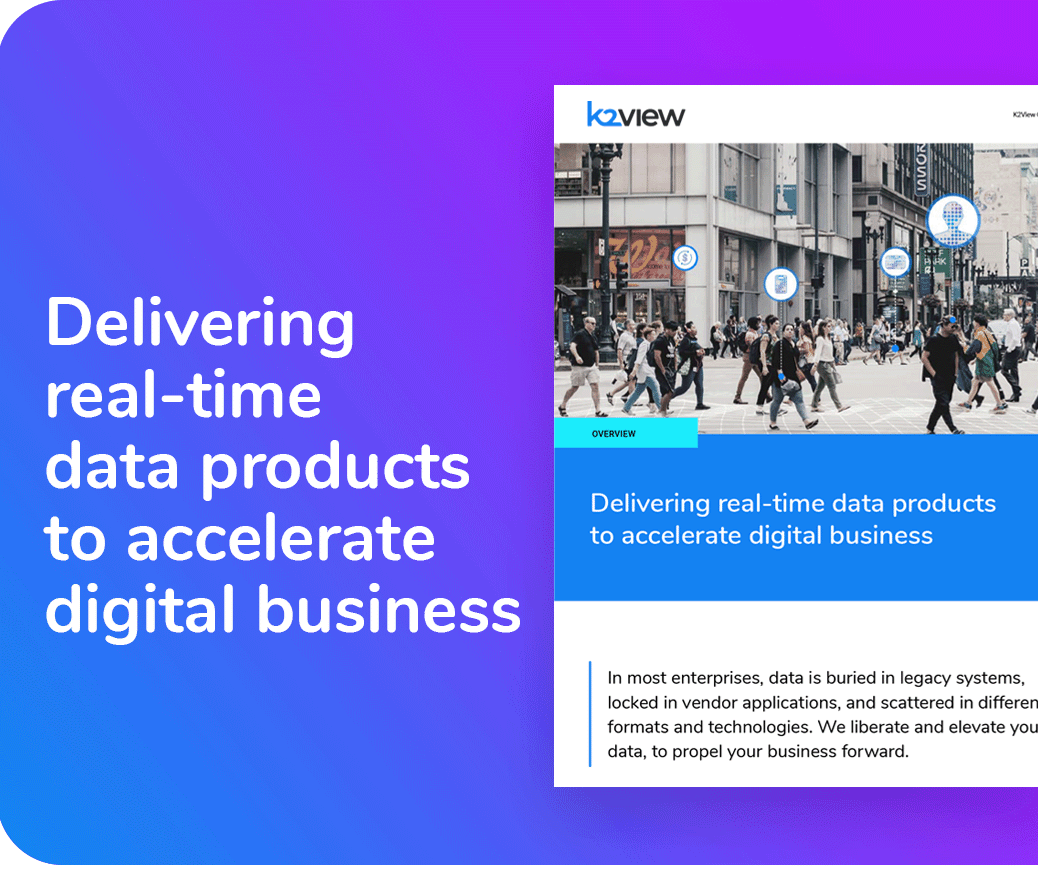What is Retrieval-Augmented Generation (RAG)?
A Large Language Model (LLM) is an AI tool that can generate text, translate languages, answer questions, and much more. The problem is it doesn’t always tell the truth. The reason? An LLM relies solely on the static information it’s trained on – and retraining it is time-consuming and expensive. Because its training data is based on stale, static, and publicly available information, an LLM may provide out-of-date, false, or generic responses as opposed to timely, true, and focused answers.
Retrieval-Augmented Generation (RAG) is Generative AI (GenAI) framework designed to infuse an LLM with trusted data, fresh from a company’s own sources, to have it generate more accurate and relevant responses.
How does RAG work? When a user asks a question, RAG retrieves information specifically relevant to that query from up-to-date internal sources, then combines that information with the user's query. RAG creates an enhanced prompt which is fed to the LLM, allowing the model to generate a response based on both its inherent external knowledge combined with up-to-date internal data. By allowing the LLM to ground its answer in real internal data, active retrieval-augmented generation improves accuracy and reduces hallucinations. That’s the theory, in any case. In reality, RAG is also prone to hallucinations since, until now, it only relies on your unstructured, general data.
Get a condensed version of the Gartner RAG report courtesy of K2view.
GenAI Hallucination vs RAG Hallucination
A GenAI hallucination refers to an output that significantly deviates from factual grounding. These deviations manifest themselves as being incorrect, nonsensical, or inconsistent. Hallucinations occur as a result of the inherent limitations of LLM training data, as described above, or when the model fails to correlate the intent or context of the query to the data required to generate a meaningful response.
Although RAG was designed to help reduce GenAI hallucinations, in its conventional form (augmenting an LLM with internal unstructured data only), a RAG hallucination can still occur.
For example, a cellular subscriber may receive an incorrect answer about their average monthly bill from the operator’s RAG chatbot – because the company data may have included bills or charges that weren’t theirs.
Or an airline’s customer service bot may provide travellers with misleading airfare information because the augmented data did not include any policy docs on refunding overpayments.
Reducing GenAI Hallucinations
AI researchers are exploring several key approaches to combating hallucinations, working towards a future where GenAI is better grounded in reality. The key approaches include:
-
Grounding GenAI apps with higher quality public data
The bedrock of GenAI's performance is the publicly available data it's trained on. Researchers prioritize high-quality, diverse, and factual information. Techniques like data cleansing and bias filtering ensure that LLMs are trained on more reliable sources.
-
Fine-tuning with fact-checking
Fact-checking mechanisms act as a critical second layer to fine-tuning. As GenAI generates text, these mechanisms compare it against real-world knowledge bases like scientific publications or verified news articles. Inconsistencies get flagged, prompting the LLM to refine its output based on more factual grounding.
-
Teaching better reasoning
Researchers are constantly improving how GenAI reasons and understands the world. By incorporating logic and common-sense reasoning techniques, GenAI can better judge the plausibility of its creations.
-
Citing sources
Understanding how GenAI arrives at an answer is crucial. Techniques are being developed to show users the sources it used to generate its response. This transparency allows users to assess the trustworthiness of the information and identify potential biases.
-
Using RAG to augment LLMs with private organizational data
RAG AI combats GenAI hallucinations by providing factual grounding. RAG searches an organization’s private data sources for relevant information to supplement the LLM's public knowledge – allowing it to anchor its responses in actual data, reducing the risk of fabricated or whimsical outputs.
Reducing RAG Hallucinations
As explained, RAG is not a silver bullet and cannot completely eliminate GenAI hallucinations. RAG is limited by its:
-
Data quality
RAG relies on the quality and accuracy of the internal knowledge bases it searches. Biases or errors in these sources can still influence the LLM's response.
-
Contextual awareness
While RAG provides factual LLM grounding, it might not fully grasp the nuances of the prompt or user intent. This can lead to the LLM incorporating irrelevant information or missing key points.
-
Internal reasoning and creativity
RAG focuses on factual grounding but doesn't directly address the GenAI's internal reasoning processes. The RAG LLM might still struggle with logic or common-sense reasoning, leading to nonsensical outputs despite factually accurate information.
Despite these challenges, RAG is still a significant step forward. By providing a factual foundation based on an organization’s real data, it significantly reduces hallucinations. Additionally, research is ongoing to improve RAG by:
-
Enhanced information filtering
Techniques are being developed to assess the credibility of retrieved information before presenting it to the AI.
-
Improved context awareness
Advancements in Natural Language Processing (NLP) will help GenAI apps better understand the user's intent and the broader context of the prompt.
-
Integrated reasoning models
Researchers are exploring ways to incorporate logic and common-sense reasoning into RAG GenAI, further reducing the risk of nonsensical outputs.
That said, an exciting new approach begin deleveoped is that of GenAI data fusion, which infuses LLMs with structured data from enterprise systems like CRM and DBMS. As described in the next section, it promises to turn RAG into RAG+.
GenAI Data Fusion for Hallucination-Free RAG
One of the most effective ways to combat GenAI and RAG hallucinations is by using the most advanced RAG tool, one that retrieves/augments both structured AND unstructured data from a company’s own private data sources.
This approach, called GenAI Data Fusion, accesses the structured data of a single business entity – customer, vendor, or order – from enterprise systems based on the concept of data products.
A data-as-a-product approach enables GenAI data fusion to access dynamic data from multiple enterprise systems, not just static documents from knowledge bases. This means LLMs can leverage RAG to integrate up-to-date customer 360 or product 360 data from all relevant data sources, turning that data and context into relevant prompts. These prompts are automatically fed into the LLM along with the user’s query, enabling the LLM to generate a more accurate and personalized response.
K2View’s data product platform lets RAG access data products via streaming, messaging, CDC, or API – in any variation – to unify data from many different source systems. A data product approach can be applied to various RAG use cases to:
-
Handle problems quicker.
-
Implement hyper-personalized marketing campaigns.
-
Personalize cross-/up-sell recommendations.
-
Detect fraud by tracking suspicious activity in user accounts.
Meet the world’s most advanced RAG tool – GenAI Data Fusion by K2view.











